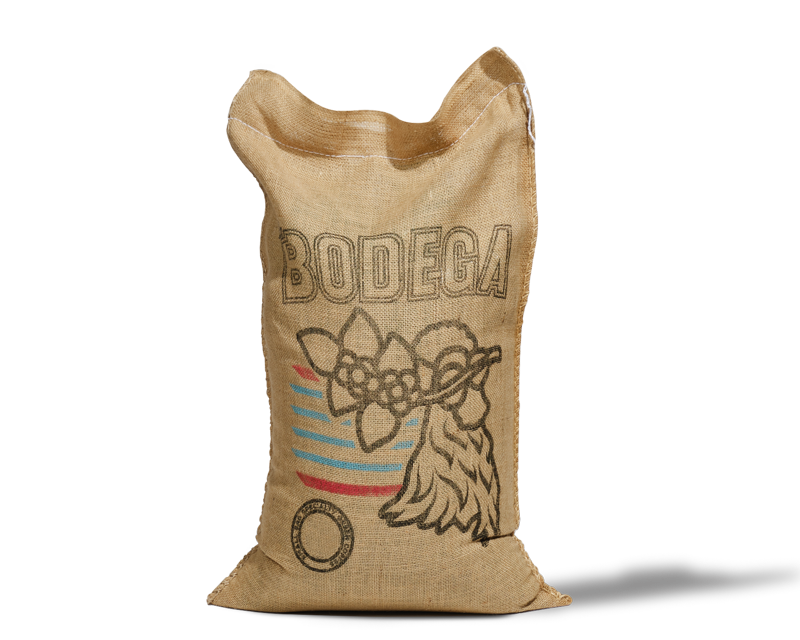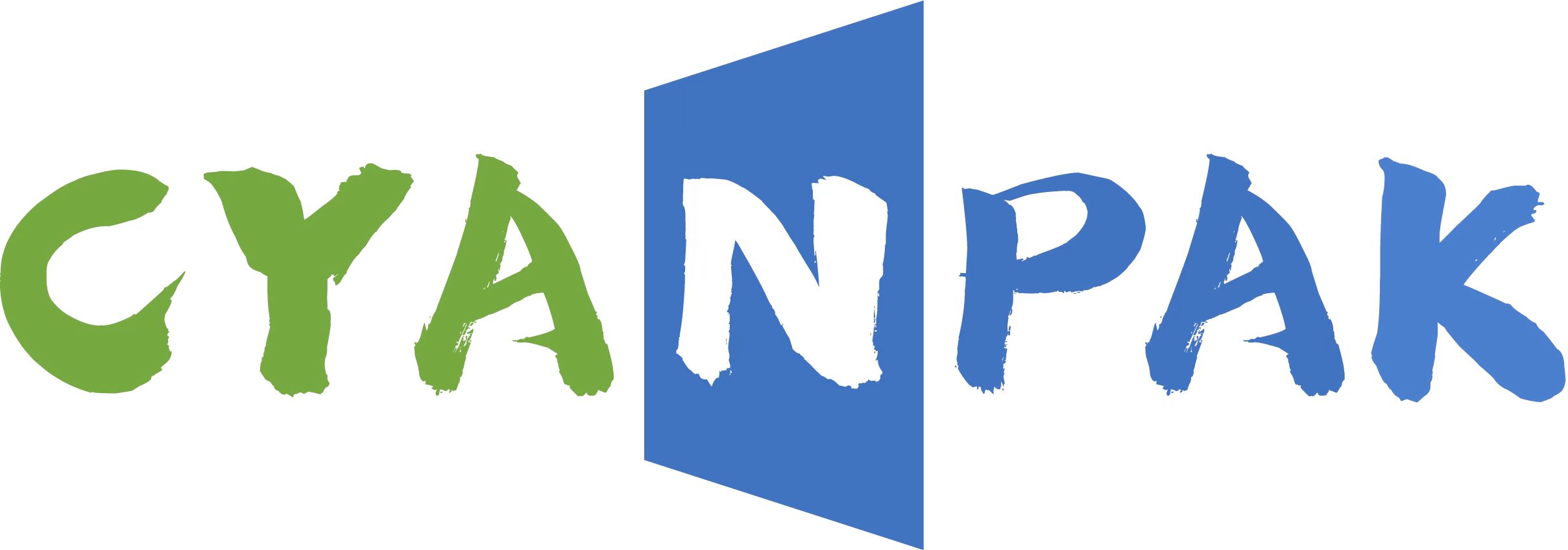
For coffee roasters, it has never been more crucial to contribute to a circular economy. It is well known that the majority of garbage is burned, disposed of in landfills, or poured into water supplies; just a small portion is recycled.
Reusing, recycling, or repurposing materials is prioritized in the circular economy at every level of manufacturing. Because of this, you should be aware of all the waste you produce in your roastery, not simply the trash caused by your packaged coffee.
You can’t control everything, regrettably. For instance, you might not be aware of the harvesting and processing waste management practices used by the coffee producers who provide you with coffee. Nevertheless, you have some control over what transpires once you receive their green, ready-to-roast coffee.
Large jute bags, also known as burlap or hessian, are frequently used to transport green coffee and may hold 60 kg of beans. You probably end up with a good number of empty jute sacks each month because green coffee must be ordered often for roasting.
You ought to think about finding uses for them before you throw them out. Here are some suggestions.
Green coffee sacks, what are they?
Few types of packaging can say they have been in use for hundreds of years, protecting the same product. A jute bag can.

Jute may be spun into a robust, reasonably priced fiber that is capable of withstanding pressure without warping or straining. Agricultural products are frequently stored in and transported in this material because it is breathable.
Jute bags were first used to store coffee in the 19th century by Brazilian farmers. The majority of producers continue to utilize jute sacks, making them a common sight all across the world, despite some transitioning to high volume plastic bags or containers.
Likewise, not much has changed since the first time sacks were utilized. The inclusion of a lining in the sacks to shield the coffee from moisture, oxygen, and contaminants is one significant alteration, though.
You might be wondering whether discovering new uses for jute bags is preferable than recycling them or switching to another material given that jute is a biodegradable and recyclable material. Reducing use is desired in a circular economy, but it’s not always feasible.
Already, jute bags are a cheap, accessible, and environmentally friendly method of packaging green coffee. In addition, it’s not always possible to use recycling facilities, and the activity uses energy and pollutes the environment.
It is far more useful to find uses for coffee bags. Fortunately, jute bags have a variety of other purposes in addition to being useful for delivering coffee over great distances in challenging conditions.
Reusing jute bags in inventive ways
The following options should be taken into account rather than discarding your jute sacks:
Give them to a good cause.
Unfortunately, not every roaster is motivated or has the time to reuse their jute sacks.
You may sell them to consumers for a little cost and give the money from the sale to charity if you still want to make a difference.
Additionally, you can take advantage of this to inform buyers about the bags’ purpose, origin, and typical domestic applications. They can be used, for instance, to stuff pet bedding. They can be used as fire starters as well.
400 bags or so are delivered each week to Cornwall-based roastery and café Origin Coffee. It offers them for sale online, with the revenues going to Project Waterfall, a group that aids communities throughout the world that grow coffee in getting access to sanitation and clean water.
Another choice is to give them to a company that can use the materials in new ways. For instance, Tulgeen Disability Services in New South Wales receives donations from Australia’s Vittoria Coffee for its coffee sacks.
This social venture hires disabled persons who turn the sacks into wood carriers, library bags, and other products that they subsequently market for their own gain.
Utilize them as decor
Coffees from particular origins frequently arrive in jute sacks with the proper branding. These can be used to decorate your coffee shop or roastery in a way that highlights the distinctive origins of your coffee and your tight relationship with the farmers who grow it.
For instance, to create rustic cushions, you may stitch a section of a jute sack around a foam layer. You can also frame and mount sacks with vibrant text or photos as art.
For those of us with more developed creative abilities, these sacks can even be turned into furniture, window coverings, or even lampshades. Your creativity is the only constraint on the possibilities.
Aid in saving the bees
Because they serve as pollinators and support the biodiversity and ecosystems we rely on for food production, bees are essential to the globe. Despite this, climate change and the destruction of their natural habitats have significantly reduced their global population.
Jute bags are an interesting tool that both for-profit and nonprofit beekeepers may utilize to help keep their hives healthy. When a beekeeper needs to check on a hive to make sure it’s healthy, burning the sacks creates a non-toxic smoke that aids in calming bees.
For this reason, you can give your used jute sacks to the neighborhood beekeepers or nonprofit conservation groups.
Promote agriculture and gardens
There are several uses for jute bags in agriculture. They work well as animal bedding when filled with straw or hay, as well as coop floors and insulation.
Without the use of toxic chemicals, they may create weed mats that stop erosion and inhibit weeds from growing in certain areas. Additionally, they keep the soil beneath hydrated and prepared for planting.
Even mobile planters can be made from jute sacks. The fabric’s texture is perfect for drainage and aeration. The fabric can also be used to cover compost piles or plants to shield them from direct heat or frost because it is permeable and absorbent.
These bags might potentially be used by certain farms to generate fresh revenue. The Whakahou Tree Project was initiated by a farming community in the Eastern Cape of South Africa to clear the land of invasive trees. These are then wrapped and offered for sale as green Christmas trees in donated jute sacks.
One excellent method to start running a more sustainable roastery is to find ways to prevent your spent jute sacks from ending up in landfills. It might be the first step you take toward functioning according to circular economy principles.
The next significant step is to make sure that your main source of trash, the coffee packaging, is also environmentally friendly.
CYANPAK can assist you in packaging your coffee with eco-friendly materials that are recyclable and compostable.


Post time: Dec-20-2022

